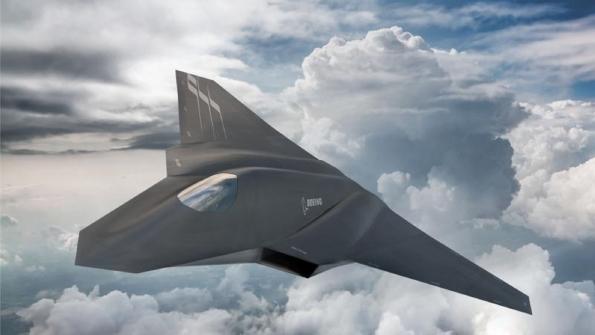
Credit: Boeing next-gen fighter concept
FARNBOROUGH—Boeing’s fighter business has a hot production line with a backlog of orders to churn out, but there is a problem approaching: the original fighter designs are old and production will sunset soon. The company is turning out new F-15s, but that aircraft is set to celebrate the 50th...
Subscription Required
This content requires a subscription to one of the Aviation Week Intelligence Network (AWIN) bundles.
Schedule a demo today to find out how you can access this content and similar content related to your area of the global aviation industry.
Already an AWIN subscriber? Login
Did you know? Aviation Week has won top honors multiple times in the Jesse H. Neal National Business Journalism Awards, the business-to-business media equivalent of the Pulitzer Prizes.

